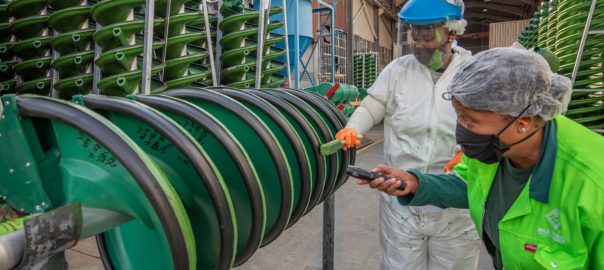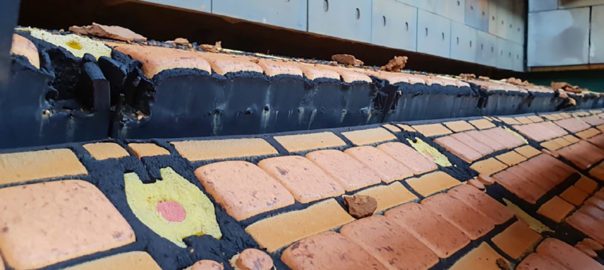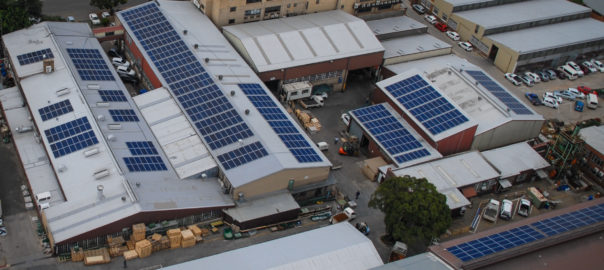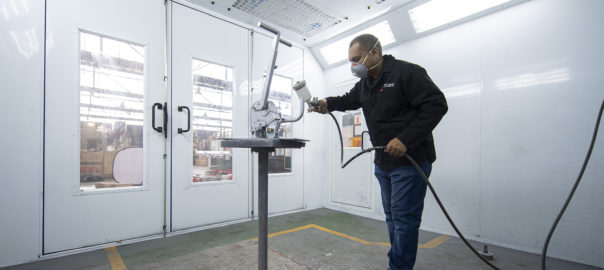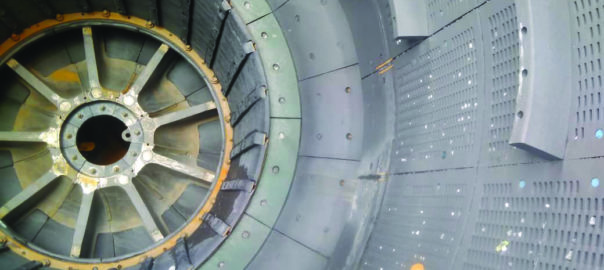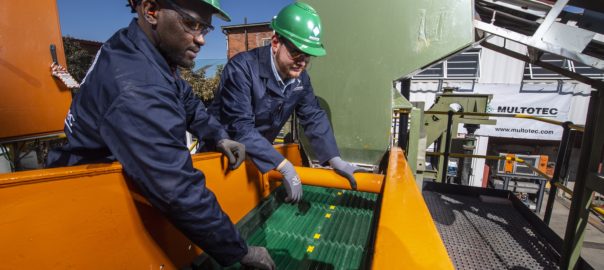Bucking global economic trends, mineral processing equipment specialist Multotec says it has opened a new, larger manufacturing facility in China to meet growing demand.
The 3,200 sq.m factory, based in the port city of Tianjin about 100 km southeast of Beijing, is more than double the size of the previous premises, according to Ken Tuckey, Director of Multotec Screening Systems (Tianjin) Ltd. The facility focuses on producing the company’s polyurethane screen panels, including specialised panels for fines dewatering and classification.
“The expanded facility was necessary to increase production capacity, as sales have grown rapidly since Multotec became directly involved in this business in 2017,” Tuckey says. “The investment in China is also an important part of Multotec’s global strategy to get manufacturing operations closer to end-customers wherever possible.”
Multotec had taken over the business from Tema Screening Systems in 2017, which had started up in 2006 and focused mainly on the aggregate and quarry sectors. Multotec’s sales have expanded, mainly into China’s mining industry, but the factory’s increased capacity is also allowing it to produce for other parts of the world.
Running the operation on the ground since 2018 is General Manager, He Pu, a local expert with 20 years’ experience in mineral processing.
“The new factory has taken careful planning over the past year, and had to obtain a range of strict government approvals,” he says. “Even though the COVID-19 pandemic did present some challenges to our schedule, we were still able to move into the new plant in May this year.”
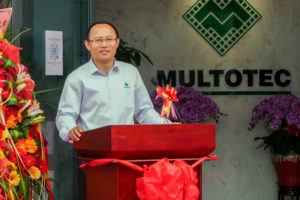
He Pu highlighted the importance of innovation as a key ingredient for any company looking to break into the Chinese market. This has been vital to the early success of Multotec, which has a range of product advances operating in Africa and other markets. Recent improvements in China’s manufacturing sector has also underpinned the success of the local business, according to He Pu.
“The focus in the mining sector in China has shifted towards increased efficiencies and improved quality,” He Pu says. “Multotec is now well positioned to take advantage of this, especially with the innovative screen panel technology that it can offer the market. This is underpinned by our quality manufacturing processes as well as our excellent local supply chain.”
Multotec’s Chinese company is ISO-accredited with in-house quality control expertise, he says. The number of local staff members has increased and includes a strong sales team with good links to the mining sector. The company also has distributors and agents across China, bringing services and products closer to the mines.
With the new polyurethane moulding machines, the upgraded plant is running double shifts to optimise production levels. The latest technology equipment – combined with Multotec’s experience and ongoing training in factory – ensures a consistently world-class quality of polyurethane panels, it says. Accelerated in-house manufacture is also speeding up the delivery times to local customers.
“The opening of this plant marks the beginning of a new era for Multotec,” He Pu says. “We have ascended to a new level, not only by enlarging the area of the workshop but by adding new equipment.”








